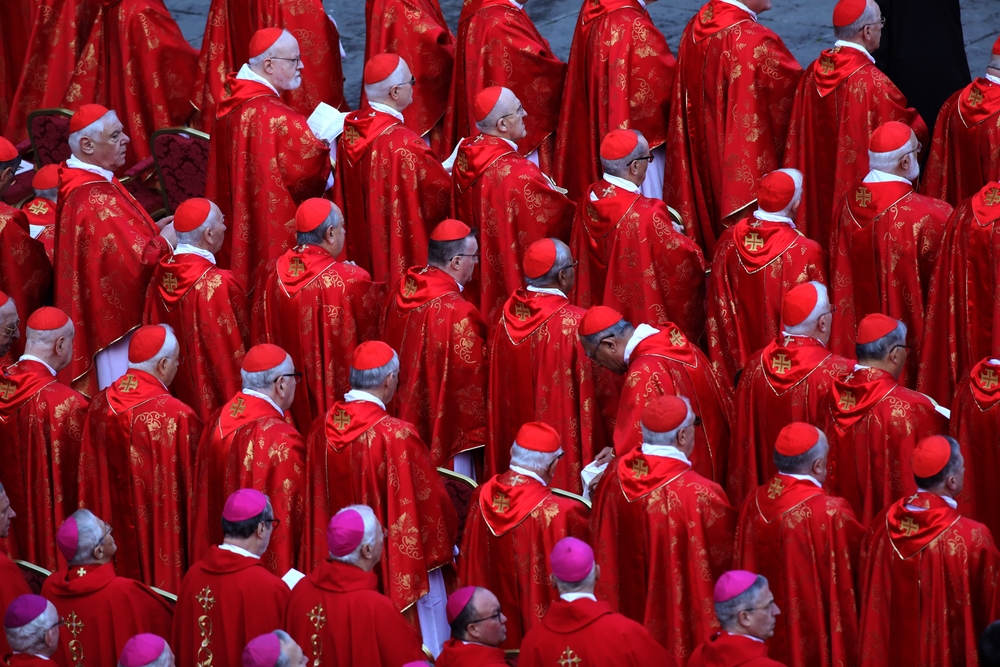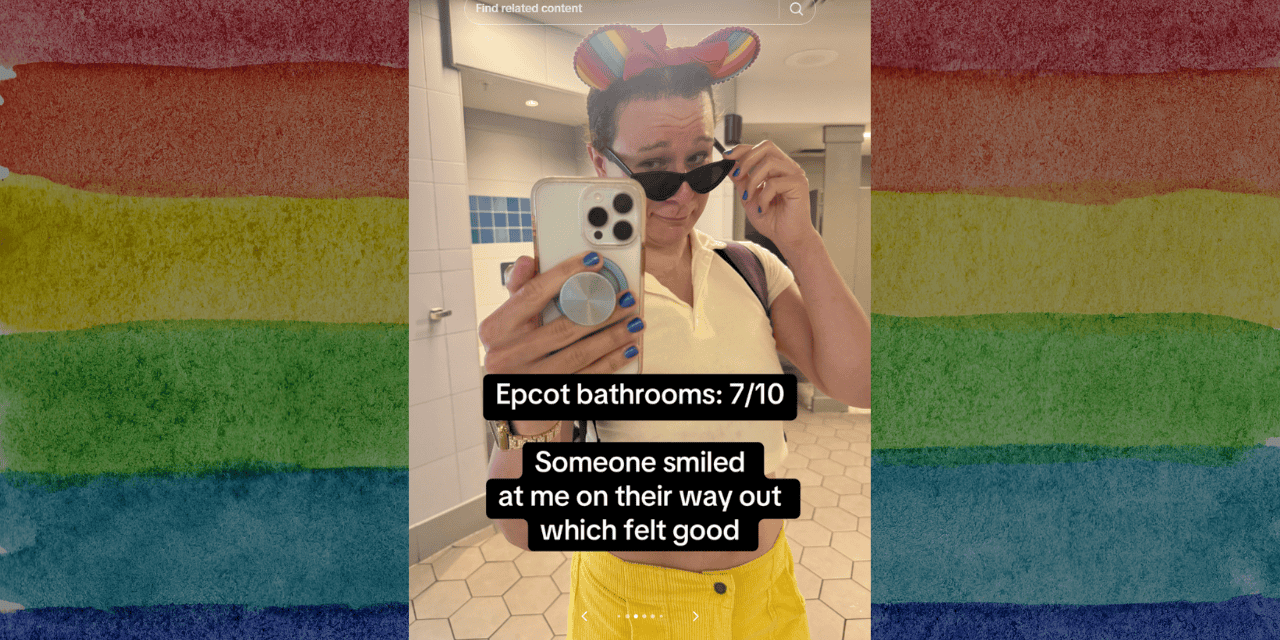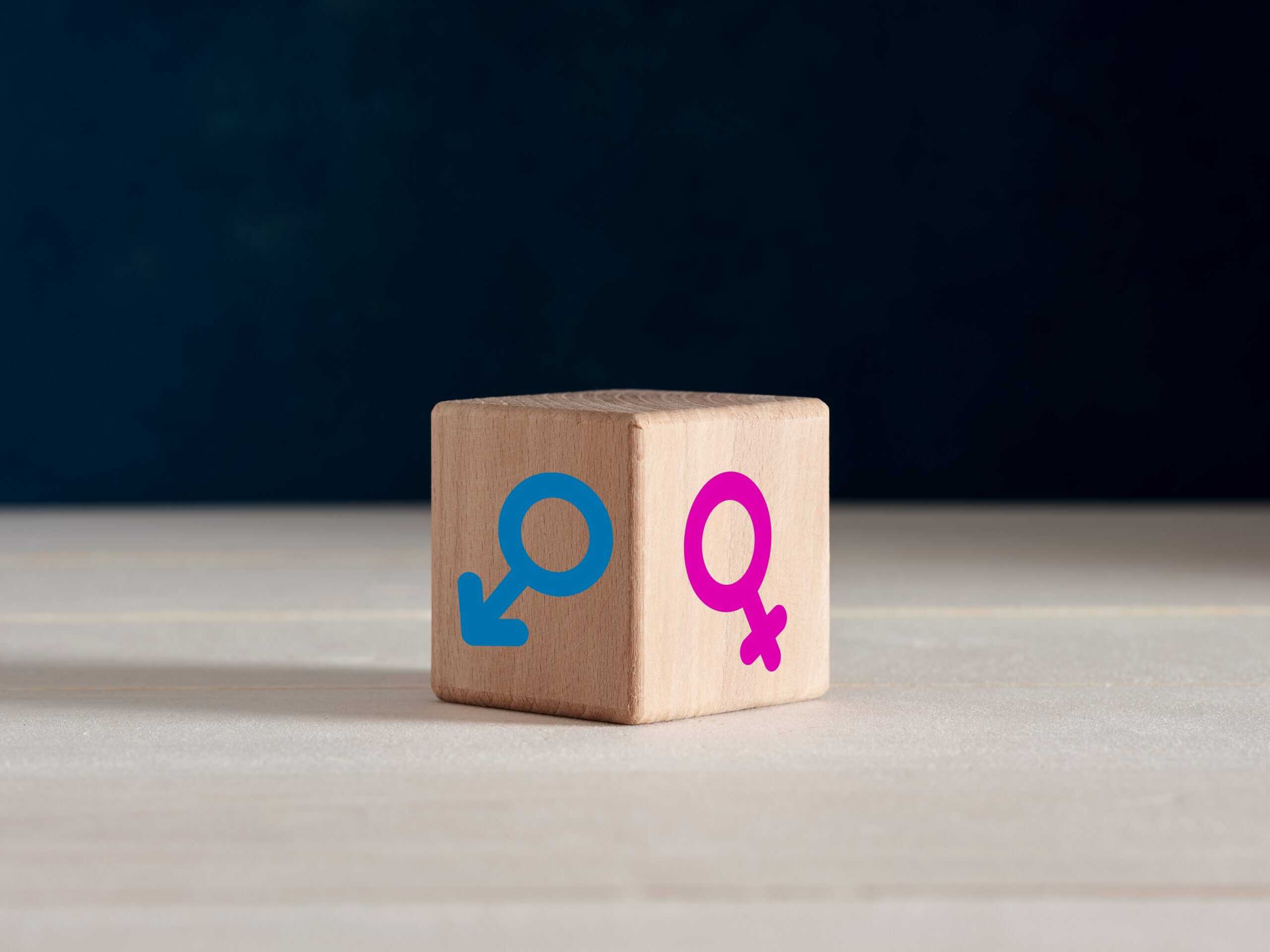October is ‘LGBT History Month’ – Who Are Your Children Learning About in School?

We’re almost half-way through “LGBT History Month,” which “celebrates the achievements of 31 lesbian, gay, bisexual or transgender Icons [sic].” Students of all ages, from kindergarten through college, are the target audience for teaching “LGBT History.”
The history month organizers make this clear as they quote George Chauncey, Chair of Yale University’s History Department, on their website. He said, “LGBT History Month sends an important message to our nation’s teachers, school boards, community leaders, and youth about the vital importance of recognizing and exploring the role of gay, lesbian, bisexual, and transgender people in American history.”
The month is supported by a broad spectrum of activist and education organizations – and more. This year, Nabisco’s Oreo cookies jumped on the bandwagon, The Christian Post reported, “giving away 10,000 packages of special edition #ProudParent Oreo cookies, which feature ‘rainbow-colored creme,’ to people who share a photo on social media showing what LGBT ‘allyship’ means to them.”
Given the efforts to teach children as young as 5 years old about homosexuality and transgenderism, it’s important for parents to be aware of what their children are studying and learning about. This is true even in the age of COVID, where many students are still learning at home.
Rodney Wilson was a high school history teacher in Missouri when he proposed a “Gay and Lesbian History Month” in 1994. With the proliferation of “sexual orientations” and “gender identities,” the name eventually morphed into its current form. Sometimes it’s called “LGBTQ+ History Month,” just to be more “inclusive” of the multitude of sexual identities being created and claimed by individuals.
LGBT History touts Wilson as “the first openly gay K-12 teacher in Missouri.” He’s one of more than 400 “historical Icons” you can find listed the website, now curated by the Equality Forum, but supported by a number of activist organizations.
The “Icons” are nominated and selected “for achievements in their field of endeavor; for their status as a national hero; or for their significant contribution to LGBT civil rights.”
This year’s list includes 32 individuals (two of them have to share a day). Among those being celebrated this October are Chicago Mayor Lori Lightfoot, Saturday Night Live actress Kate McKinnon, and AIDS activist Felicia Elizondo, who was born male but lives as a woman. Two-thirds of those on the list are living, which makes the event more about current events, rather than teaching history.
October’s lineup also includes the poet Emily Dickinson. It’s a total projection of modern ideology, as well as complete speculation, of course, to label her as either lesbian or bisexual.
But the history teacher and those promoting the month do not recognize that labeling any historical figure “LGBTQ+” is anachronistic. The whole idea of homosexuality as an identity is something that has developed in the past century. It places a contemporary, socially constructed label on people who wouldn’t even understand making sexual attractions or behavior the basis for an identity.
And while gender-confused individuals have existed and been labeled in many cultures and times, the current ideology, which says that people can change their sex or that there are a multitude of “genders,” is a completely modern invention.
According to the LGBT History Month website, the month is an opportunity to “celebrate our heritage.” The organization says, “The LGBT community is the only community worldwide that is not taught its history at home, in public schools or in religious institutions. LGBT History Month provides role models, builds community and makes the civil rights statement about our extraordinary national and international contributions.” (Emphasis theirs.)
But all this raises several questions: What does a person’s sexual attractions, behavior or identity have to do with his or her historical accomplishments? Why do children need to know about a historical figure’s sexuality or gender confusion?
The site offers many “celebration ideas for students, educators, GSAs, schools and colleges.” GSAs are student clubs in high schools, middle schools and even elementary schools. GSA used to stand for “Gay-Straight Alliance,” but the GSA Network, the main hub for these groups, changed its name in 2016 to “Genders & Sexualities Alliance Network.”
The network has made deep inroads into public and private schools, claiming that it works “with a network of 40 statewide organizations representing more than 4,000 GSA clubs across the country.”
Teaching children about sexually confusing, age-inappropriate topics is increasing in many schools. At least five states now mandate teaching children in grades K-12 about homosexuality and gender identity – in social studies classes or across the curriculum. Even in states where this is not required, teachers may introduce supplemental materials from the history month into their classrooms.
Parents will want to pay attention and be aware of what’s in their children’s library books and textbooks, in handouts from teachers, and in school curriculums. As more states and public school districts push this sexualized agenda, parents may wish to start consider other education options.
Photo is from Shutterstock.
Related articles and resources:
Back to School with LGBT Social Studies
Biden Announces “LGBTQ+” Plans – Calls for Reversal of “Broad Religious Exemptions”
The National Education Association Wants to Indoctrinate Children Across the Country
Resources When Your Child Encounters LGBT Ideology at School
ABOUT THE AUTHOR
Jeff Johnston is a culture and policy analyst for Focus on the Family and a staff writer for the Daily Citizen. He researches, writes and teaches about topics of concern to families such as parental rights, religious freedom, LGBT issues, education and free speech. Johnston has been interviewed by CBS Sunday Morning, The New York Times, Associated Press News, The Christian Post, Rolling Stone and Vice, and is a frequent guest on radio and television outlets. He graduated Phi Beta Kappa from San Diego State University with a Bachelors in English and a Teaching Credential. He and his wife have been married 30 years and have three grown sons.




